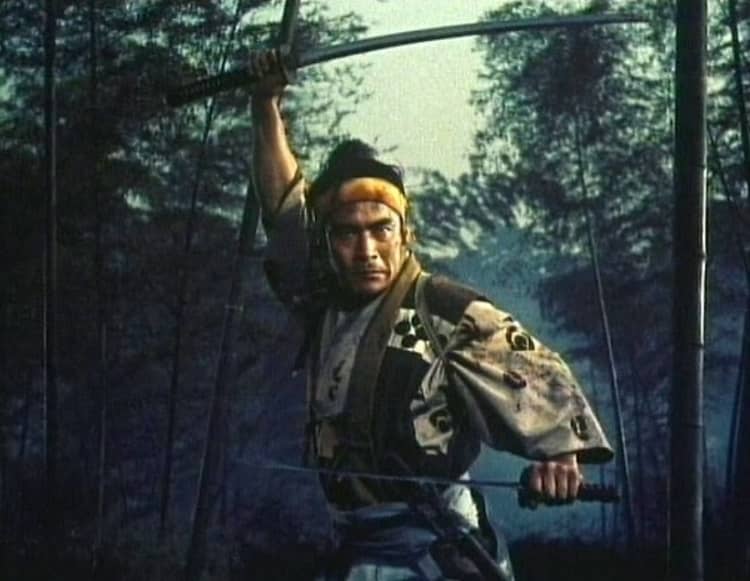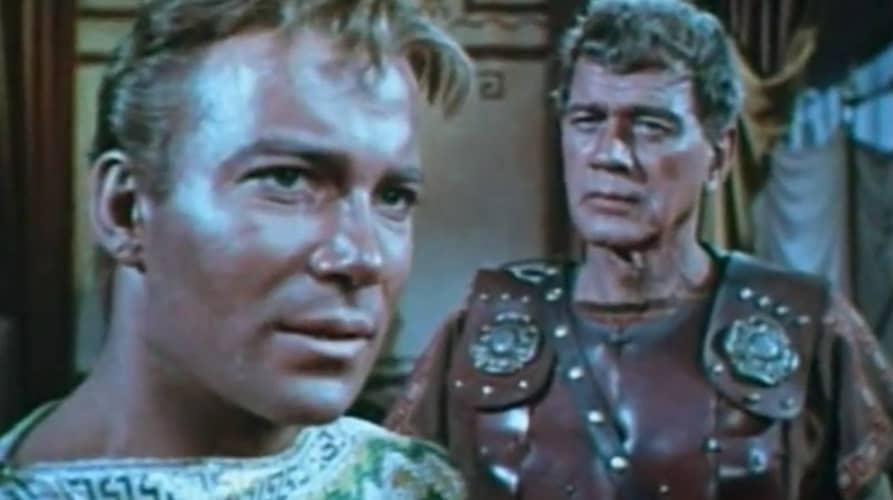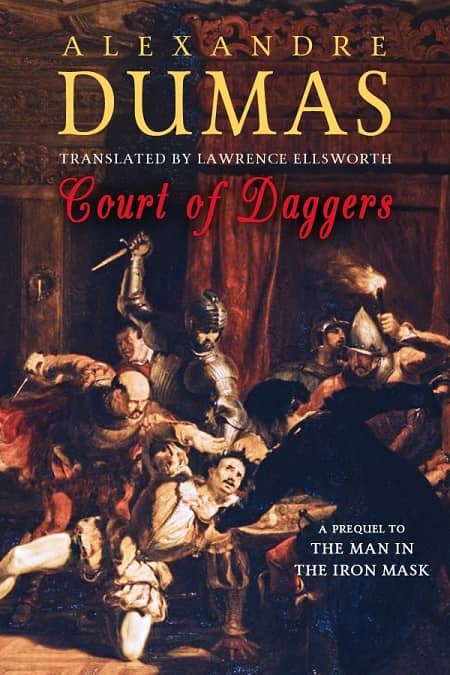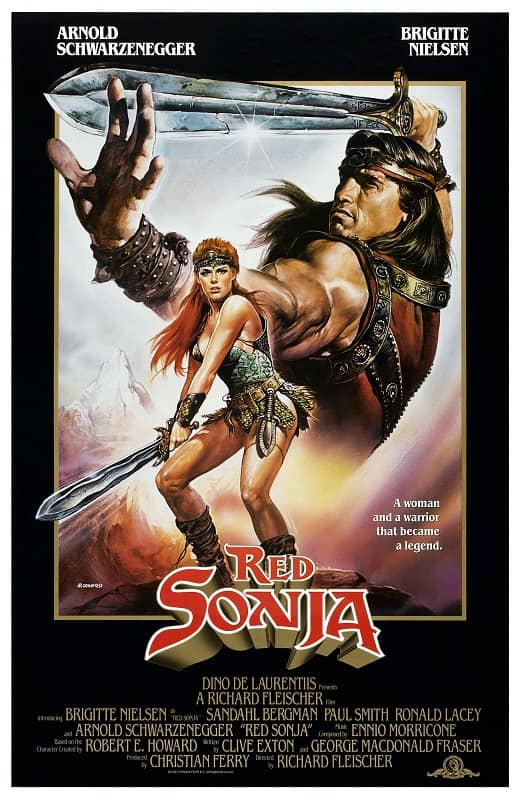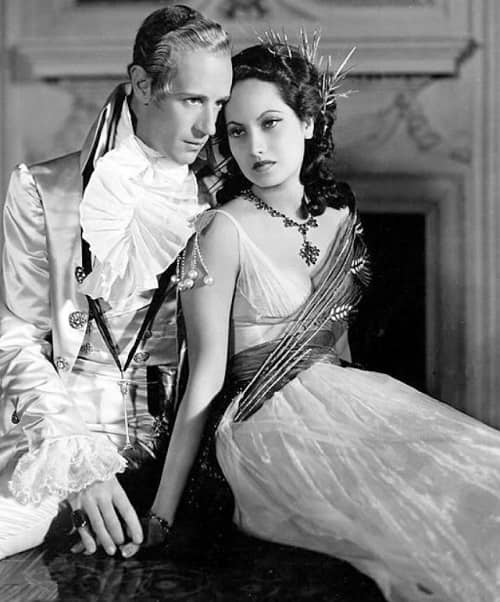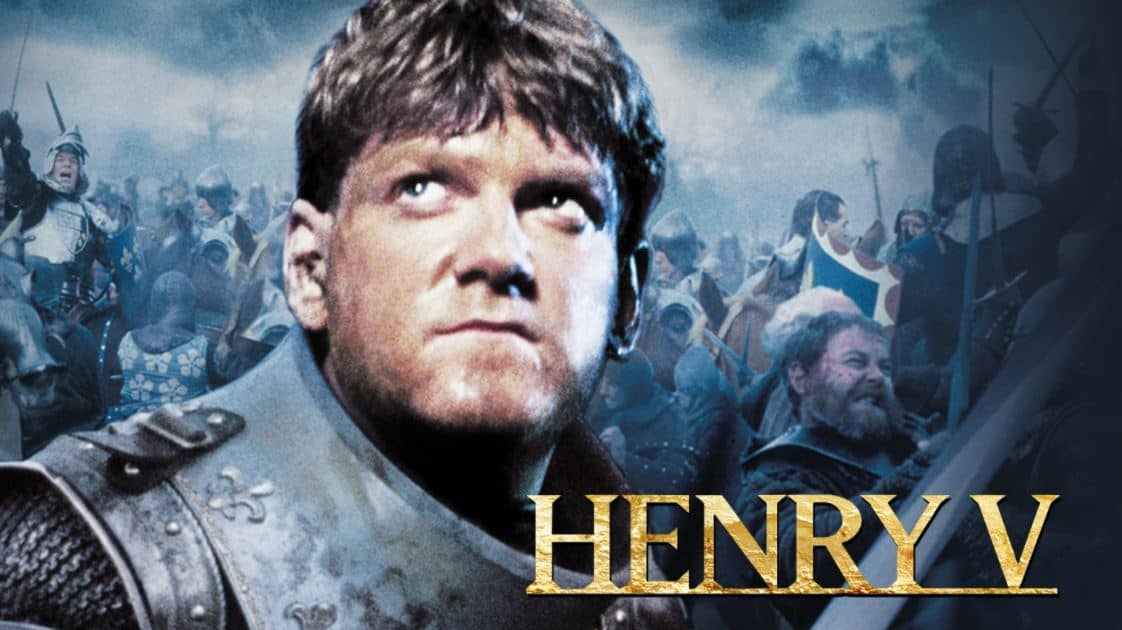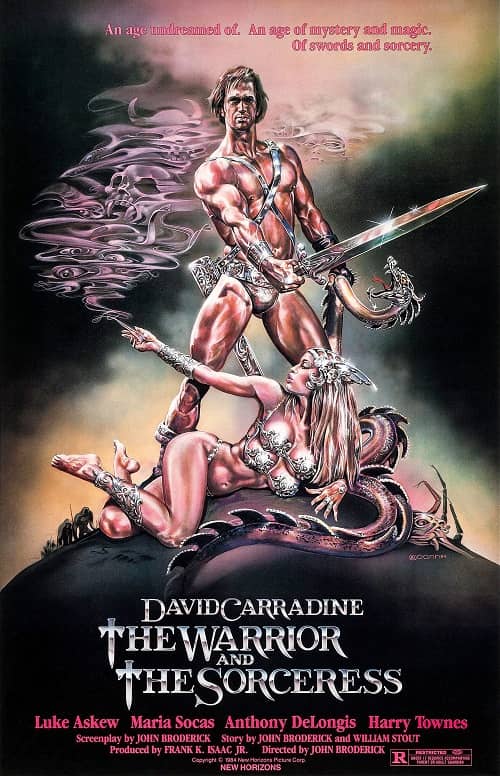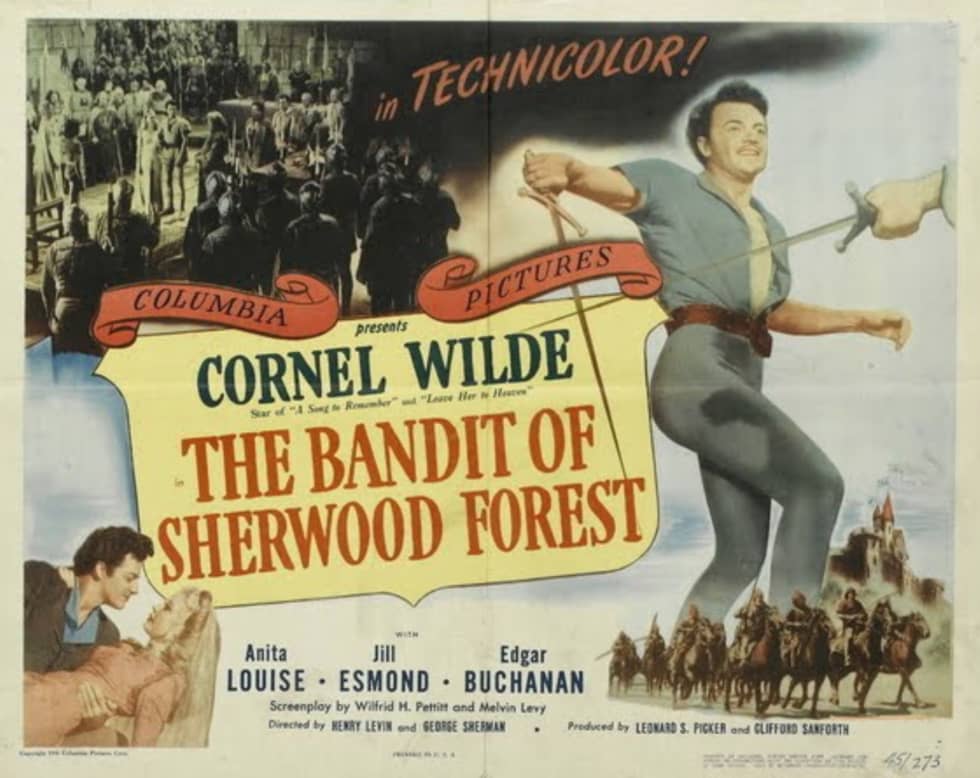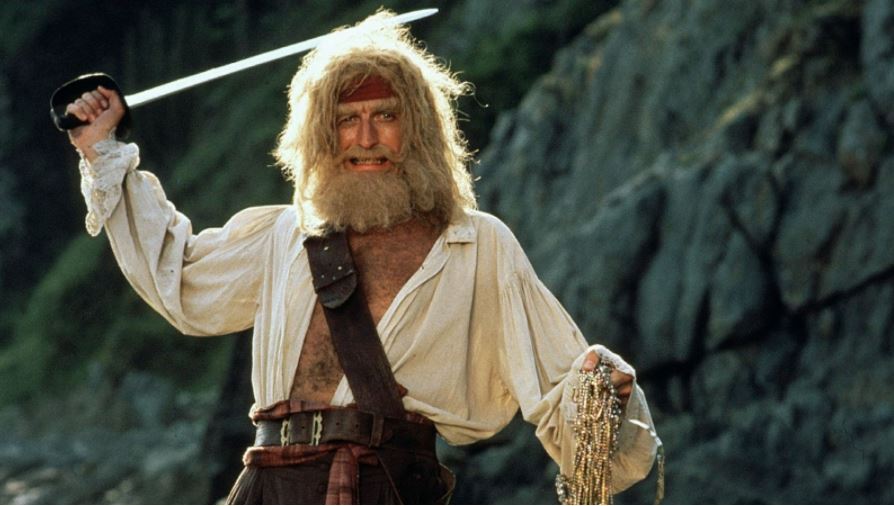Ellsworth’s Cinema of Swords: Musashi and Kojiro
I recently finished reading Eiji Yoshikawa’s long, 1,500-page novel, Musashi, originally serialized in Japanese newspaper Asahi Shimbun between 1935 and 1939. It tells a fictionalized story of the early life of Musashi Miyamoto, the celebrated author of The Book of Five Rings who is considered by many the finest exemplar of Bushido, the warrior code of the samurai.
It was a good read, which was no surprise — the book has sold far more than 100 million copies, and its depiction of Musashi has inspired a number of screen incarnations, none more famous than Hiroshi Inagaki’s Samurai trilogy (1954-1956), starring Toshiro Mifune as Musashi. After finishing the novel I decided to give the films a rewatch and they stood up well, so I thought I’d present them here. Of course, we covered Samurai I in a Cinema of Swords article in October 2020, but here are Samurai II and III and a sort of spin-off from the following year, Sasaki Kojiro.
